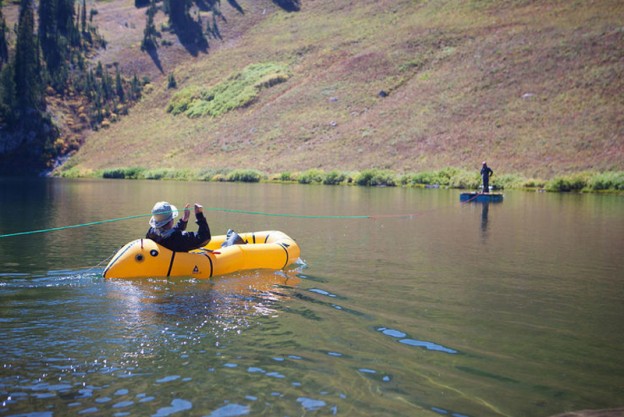POSTED: WEDNESDAY, NOVEMBER 25, 2015
The smallest shard of soapstone holds volumes of information about the native people who for thousands of years lived at high-altitude summer camps in the Tetons.
You just have to know how to extract that information.
Matt Stirn and Rebecca Sgouros think they’ve figured out a new way that doesn’t involve damaging or destroying the artifact. Using chloroform and high-intensity ultrasound, they say they were able to extract residual lipids — traces of fats — from soapstone bowls and fragments recovered from archaeological sites on the west slope of the mountains. Analysis shows the fats came from wide range of food sources: nuts, roots and tubers, along with large mammals such as elk, moose, bighorn sheep and bison.
“On one 5,000-year-old grinding stone we found marmot,” said Sgouros, who with Stirn directs the Jackson Hole Historical Society and Museum’s department of archaeological research and education.





